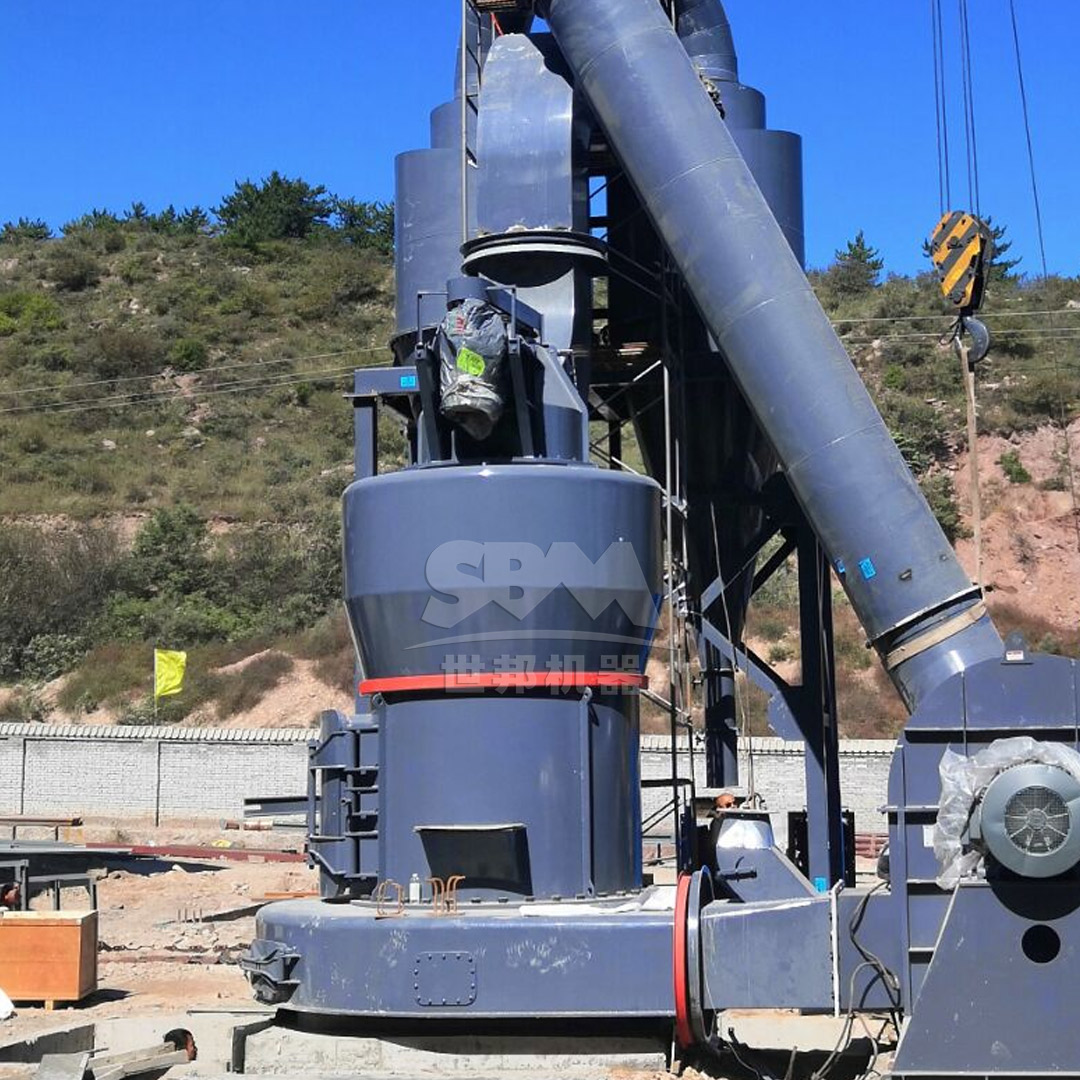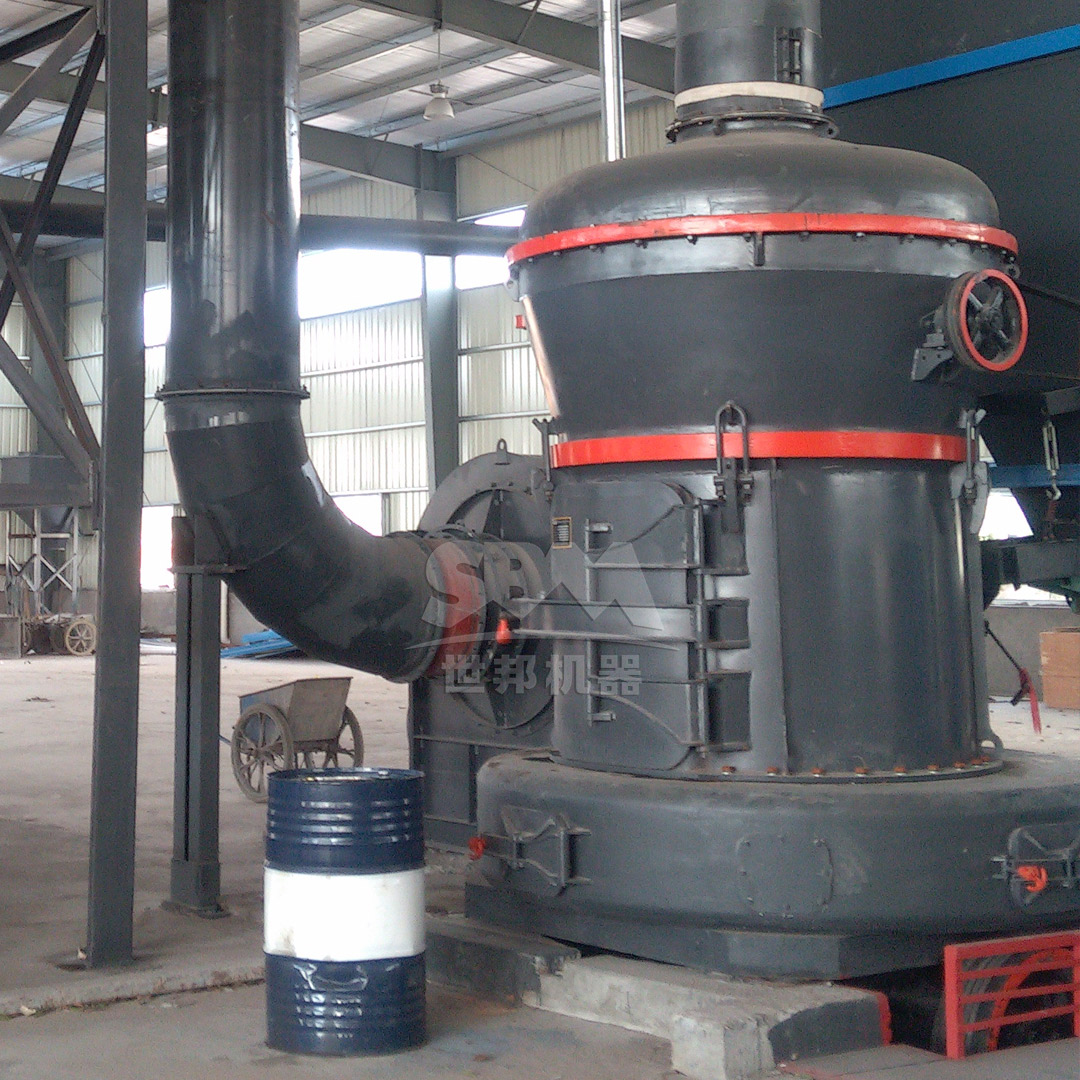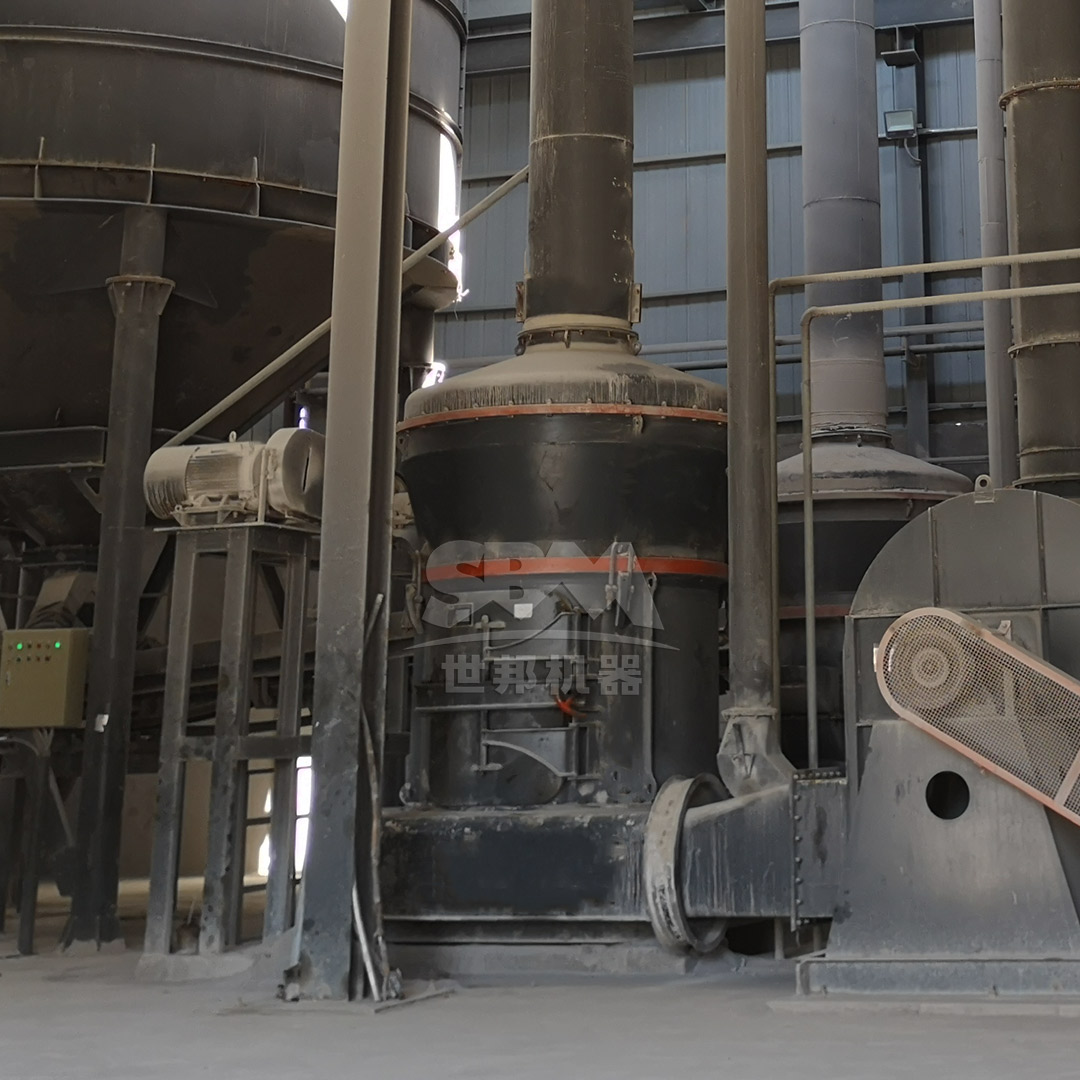Petroleum coke (petcoke) has become an essential fuel source in metallurgical industries due to its high calorific value and cost-effectiveness compared to traditional fuels. However, the efficiency of petcoke utilization heavily depends on proper grinding to achieve optimal particle size distribution. Selecting the right milling equipment is crucial for maximizing combustion efficiency, reducing energy consumption, and meeting environmental standards in metallurgical fuel production.
This comprehensive guide examines the key factors to consider when choosing petroleum coke grinding equipment, with a focus on technical specifications, operational efficiency, and long-term reliability.
Petroleum coke varies significantly in hardness, moisture content, and volatile matter depending on the coking process and crude oil source. These characteristics directly impact mill selection:
Understanding these properties is essential for matching the right mill technology to your specific petcoke feedstock.
The optimal particle size distribution for petroleum coke in metallurgical applications depends on the specific process:
| Application | Target Fineness | Special Requirements |
|---|---|---|
| Blast Furnace Injection | 80-85% passing 200 mesh (74μm) | Narrow size distribution for uniform combustion |
| Submerged Arc Furnaces | 45-65% passing 100 mesh (149μm) | Consistent carbon content for reduction reactions |
| Cupola Furnaces | 70-80% passing 50 mesh (297μm) | Moisture control below 3% |
| Ladle Heating | 90% passing 325 mesh (44μm) | Low volatile matter for clean combustion |

Determine your hourly and daily production needs based on furnace consumption rates. Metallurgical operations typically require continuous grinding systems with capacities ranging from 5-100 tons per hour. Consider both current requirements and future expansion plans when selecting equipment size.
The ability to precisely control output fineness is crucial for metallurgical applications. Look for mills with adjustable classification systems that can maintain consistent particle size distribution despite variations in feed material.
Grinding operations account for significant energy consumption in metallurgical plants. Advanced milling technologies can reduce specific energy consumption by 30-50% compared to conventional systems, directly impacting operational costs.
Petroleum coke contains abrasive components that accelerate wear on grinding elements. Equipment with specialized wear-resistant materials and accessible maintenance features will reduce downtime and operating costs.
Modern mills must incorporate effective dust collection systems to meet workplace safety standards and environmental regulations. Closed-system designs with pulse-jet bag filters are essential for controlling petcoke dust emissions.
Vertical roller mills have become the preferred choice for large-scale petroleum coke grinding operations due to their high efficiency and integrated drying capabilities. The material is ground between rotating grinding rollers and a stationary grinding table, with integrated classifiers ensuring precise particle size control.
Advantages for Petcoke Applications:
Our LM Series Vertical Roller Mill represents the state-of-the-art in petroleum coke grinding technology. With input sizes up to 50mm and output fineness adjustable between 30-325 mesh (special models to 600 mesh), this system offers exceptional flexibility for metallurgical fuel production. The集约化设计 reduces footprint by 50% compared to traditional systems, while the低运行成本 results in 30-40% lower energy consumption versus ball mill systems.
The LM series features磨辊与磨盘非接触设计 that extends wear part life by 3 times, significantly reducing maintenance costs. For metallurgical operations requiring high-volume production, models like the LM220K deliver 36-105 t/h capacity with 800kW main motor power, making them ideal for large-scale steel plants and smelting operations.

For applications requiring extremely fine petroleum coke powders, ultrafine grinding mills offer precise control in the 325-2500 mesh range. These systems are particularly valuable for specialized metallurgical processes where maximum surface area enhances combustion efficiency.
Our SCM Ultrafine Mill series delivers exceptional performance for fine and ultrafine petroleum coke grinding. With output fineness ranging from 325-2500 mesh (D97≤5μm) and processing capacities from 0.5-25 ton/h depending on model, this equipment achieves 30% lower energy consumption while doubling the output of jet mills. The高精度分级 system with vertical turbine classifiers ensures precise particle size cuts without coarse powder contamination.
The SCM series features特殊材质辊轮与磨环 that extend service life several times over conventional materials, while the环保低噪 design maintains workplace noise levels below 75dB. For metallurgical operations requiring consistent ultrafine powders, the SCM1680 model provides 5.0-25 ton/h capacity with 315kW main motor power, making it suitable for premium-grade metallurgical fuel production.
Medium-speed trapezium mills offer a balanced solution for general-purpose petroleum coke grinding with lower capital investment than vertical roller mills. These systems provide reliable performance with output fineness typically between 30-325 mesh.
Our MTW Series Trapezium Mill incorporates advanced features including防磨损铲刀设计 with combined blade segments that reduce maintenance costs, and弧形风道优化 that decreases airflow energy loss while improving transmission efficiency. The锥齿轮整体传动 achieves 98% transmission efficiency, saving space and reducing installation costs.
With capacities ranging from 3-45 ton/h and input sizes up to 50mm, the MTW series accommodates various production scales. The耐磨蜗壳结构 with non-clogging design enhances air classification efficiency while reducing maintenance costs by 30%.
While traditional, ball mills remain relevant for certain petroleum coke applications, particularly when combined with pre-crushing stages. Their simple operation and ability to handle moist materials make them suitable for smaller operations or specific process requirements.
Advantages for Specific Applications:
Proper feed system design is critical for consistent mill operation. Petroleum coke often contains variations in particle size and moisture content that can challenge conventional feeding systems. Consider the following elements:
Raw petroleum coke typically contains 8-12% moisture that must be reduced to 1-2% for optimal grinding efficiency and combustion performance. Integrated drying systems using waste heat from other plant processes can significantly reduce operational costs.
Ground petroleum coke presents handling challenges due to its fine particle size and potential for dust explosion. Proper system design should include:

Selecting the right petroleum coke mill requires careful economic analysis beyond initial capital investment. Consider these factors in your evaluation:
The true cost of mill ownership includes energy consumption, wear part replacement, maintenance labor, and production downtime. Advanced mill designs may have higher initial costs but significantly lower operating expenses.
| Investment Factor | Ball Mill | Vertical Roller Mill | Ultrafine Mill |
|---|---|---|---|
| Capital Cost (relative) | 100% | 130-150% | 180-220% |
| Energy Consumption (kWh/t) | 28-35 | 18-22 | 22-28 |
| Wear Parts Cost ($/ton) | 0.8-1.2 | 0.4-0.7 | 0.5-0.9 |
| Maintenance Labor (hrs/month) | 40-60 | 20-30 | 25-35 |
| Typical Payback Period | N/A | 18-30 months | 24-36 months |
Modern mills with quick-adjustment capabilities for product fineness provide significant value when production requirements change or when processing petcoke from different sources with varying characteristics.
A major steel producer operating multiple electric arc furnaces was experiencing inconsistent performance from their existing ball mill system for petroleum coke grinding. The operation faced challenges with:
After thorough evaluation, the company selected our LM190K Vertical Roller Mill with the following configuration:
Results achieved after 12 months of operation:
The evolution of milling technology continues to address the changing needs of metallurgical fuel production:
Advanced control systems incorporating artificial intelligence and machine learning are becoming standard in modern mills. These systems optimize grinding parameters in real-time based on feed material characteristics and product requirements, maximizing efficiency and consistency.
Combinations of different mill technologies in series or parallel configurations offer new possibilities for optimizing specific energy consumption and product quality. Pre-grinding with high-pressure grinding rolls followed by finishing in vertical mills shows particular promise for petroleum coke applications.
New material technologies including ceramic composites and specialized alloys are extending wear part life in abrasive applications like petroleum coke grinding. These advancements significantly reduce operating costs and maintenance requirements.
With increasing focus on environmental performance, next-generation mills are being designed with minimized carbon footprints through optimized energy recovery systems and reduced overall power consumption.
Selecting the right petroleum coke mill for metallurgical fuel production requires careful consideration of multiple technical, operational, and economic factors. The optimal choice depends on specific production requirements, feedstock characteristics, and long-term strategic objectives.
Vertical roller mills generally offer the best combination of efficiency, flexibility, and operating economy for medium to large-scale operations, while specialized ultrafine mills provide superior performance for applications requiring precise control at fine particle sizes. Traditional technologies like ball mills remain relevant for specific scenarios, particularly where initial investment constraints are significant.
By thoroughly evaluating your requirements against the capabilities of available technologies and considering both current needs and future expansion plans, you can select a petroleum coke grinding system that delivers optimal performance throughout its operational life. The right investment in grinding technology will pay dividends through reduced operating costs, improved product quality, and enhanced environmental performance.